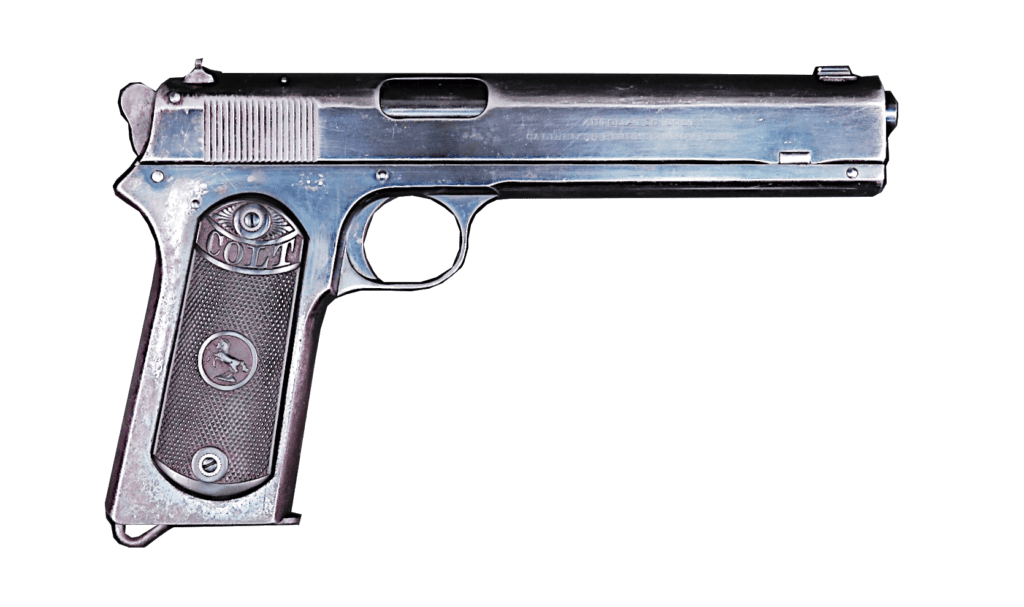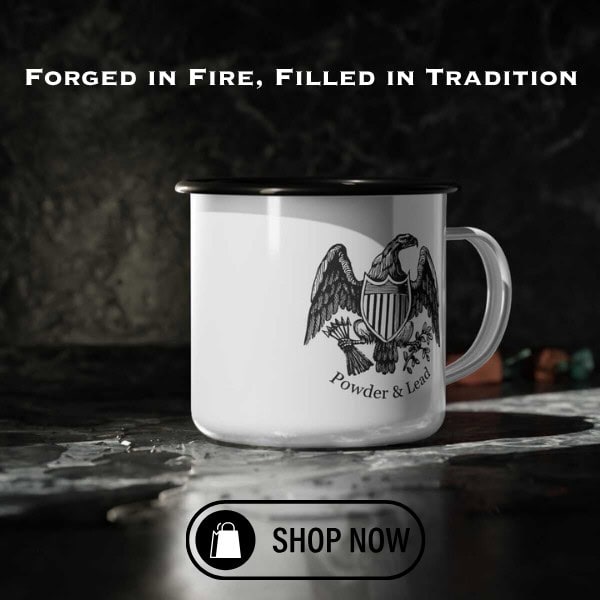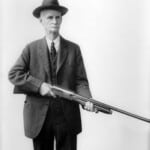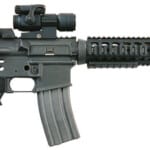
The M1902 Pistol: Development, History, and Use
The Colt M1902 pistol holds a pivotal place in firearms history as one of the earliest successful semi-automatic handguns. Designed by John Moses Browning and manufactured by Colt’s Patent Firearms Manufacturing Company, the M1902 was an evolutionary step that led directly to the legendary M1911. While never formally adopted by the U.S. military, it was widely used by officers as a private-purchase sidearm and saw limited service in international conflicts. This article explores the design, production, use, performance, and comparisons of the M1902, providing a comprehensive resource for historians, collectors, and firearms enthusiasts.
Manufacture and Companies Involved
The Colt's Patent Firearms Manufacturing Company, headquartered in Hartford, Connecticut, was responsible for producing the M1902 pistol. Designed by John Moses Browning, the M1902 was a refinement of his earlier Colt Model 1900, featuring a more robust frame and improved handling characteristics. Browning’s innovations in semi-automatic pistol design were instrumental in shaping the development of modern handguns.
Variants and Production Figures
Colt produced two primary variants of the M1902:
- Military Model (1902–1928): Featured a slide stop mechanism that held the slide open after the last round was fired, a lanyard loop for military use, and a larger grip accommodating an 8-round magazine.
- Sporting Model (1902–1907): Lacked the slide stop, had a slightly narrower grip, and featured a 7-round magazine capacity.
Production numbers are estimated as follows:
- Sporting Model: Approximately 18,000 units manufactured.
- Military Model: Approximately 30,000 units manufactured.
These figures, while modest compared to later semi-automatic pistols, represented significant production numbers for an early 20th-century semi-auto firearm.
Use by the U.S. and Other Countries
U.S. Military and Private Use
Although the M1902 was never officially adopted by the U.S. military, it was evaluated in trials that eventually led to the development of the M1911 pistol. Many officers in the Army and Navy purchased the M1902 privately, favoring its semi-automatic design over the standard-issue revolvers of the era. The increased ammunition capacity and faster reload time made it an attractive alternative to revolvers like the Colt M1892.
International Use and Conflicts
- Mexico: The M1902 was used in limited numbers by Mexican officers, particularly during the Mexican Revolution (1910–1920). However, it was not as widely adopted as revolvers like the Colt New Service.
- Philippines: While the Colt Model 1900 saw use during the Philippine-American War (1899–1902), the M1902 itself postdated that conflict but remained available in the Philippines through private sales.
- South America: Some South American military officers and law enforcement agencies acquired the M1902 through private channels, as Colt exported many of its early automatic pistols to Latin America.
Despite its limited formal adoption, the M1902 influenced later military pistol designs and contributed to the shift from revolvers to semi-automatic handguns worldwide.
Cartridge and Performance
The Colt M1902 was chambered for the .38 ACP (Automatic Colt Pistol) cartridge, an early semi-auto pistol round developed by John Browning. The .38 ACP was a rimless, straight-walled cartridge firing a 130-grain bullet at approximately 1,070 feet per second (fps), delivering about 325 foot-pounds of energy.
Action and Operation
The M1902 used a short-recoil, locked-breech system—not delayed blowback, as some sources incorrectly state. In this mechanism:
- The barrel and slide recoil together for a short distance after firing.
- A pivoting link lowers the barrel, unlocking it from the slide.
- The slide continues rearward to eject the spent casing and chamber the next round.
This system provided stronger lockup and greater reliability, a design principle later perfected in the Colt M1911.
Stopping Power Debate
While the .38 ACP was fast and penetrated deeply, it lacked immediate stopping power in combat. Overpenetration was a significant issue, as the bullet often passed through targets without incapacitating them quickly. This weakness became evident in military testing, leading to the development of the .45 ACP, which ultimately replaced the .38 ACP in military applications.
Comparisons with Contemporaneous Pistols
In the early 20th century, several handguns competed with the Colt M1902 in military and civilian markets.
Colt M1892 Revolver
- Standard U.S. military sidearm at the time.
- Chambered for .38 Long Colt, which was underpowered in combat.
- Slower to reload and held only six rounds compared to the M1902’s 7–8 rounds.
Luger P08 (Parabellum, 1902–1945)
- One of the first military pistols chambered for 9mm Parabellum, a cartridge that remains in use today.
- More compact and ergonomic than the M1902.
- Saw widespread adoption by German forces in both World Wars.
- The Luger’s toggle-lock action was intricate but precise, while the M1902’s short-recoil system was more robust and influential in later designs.
Colt M1911 (Adopted 1911–Present)
- Evolved directly from the M1902 and M1905 designs.
- Chambered for .45 ACP, offering superior stopping power.
- Featured a more ergonomic grip and improved safety mechanisms.
- Became the standard U.S. military sidearm from 1911 to 1985.
The M1902 was a technological step forward from revolvers, but its underpowered cartridge and lack of external safeties limited its long-term adoption. Its role as a precursor to the M1911, however, cements its historical significance.
Conclusion
The Colt M1902 pistol was a milestone in early semi-automatic handgun development. While it never achieved full military adoption, it was highly regarded by officers and private buyers, thanks to its innovative design, increased magazine capacity, and semi-automatic operation.
Although it was ultimately overshadowed by the M1911, the M1902 contributed to the evolution of military and civilian handguns. It bridged the gap between late 19th-century revolvers and the modern semi-automatic pistols that would dominate the 20th century. Today, the M1902 is a prized collector’s item, valued for its historical significance and role in the progression of firearm technology.
Key Takeaways:
- Designed by John Browning, manufactured by Colt from 1902–1928.
- Two major variants: Military Model (8-round mag, slide stop) & Sporting Model (7-round mag, no slide stop).
- Chambered in .38 ACP, using a short-recoil, locked-breech system.
- Never officially adopted by the U.S. military, but widely used by officers and exported abroad.
- Direct predecessor to the Colt M1911, influencing its design and adoption.
The Colt M1902 remains a testament to early semi-automatic pistol innovation, shaping the future of handgun design for generations to come.
The Colt forum is a good place to join discussions about this pistol. Click here to explore.
If you know of any forums or sites that should be referenced on this listing, please let us know here.




